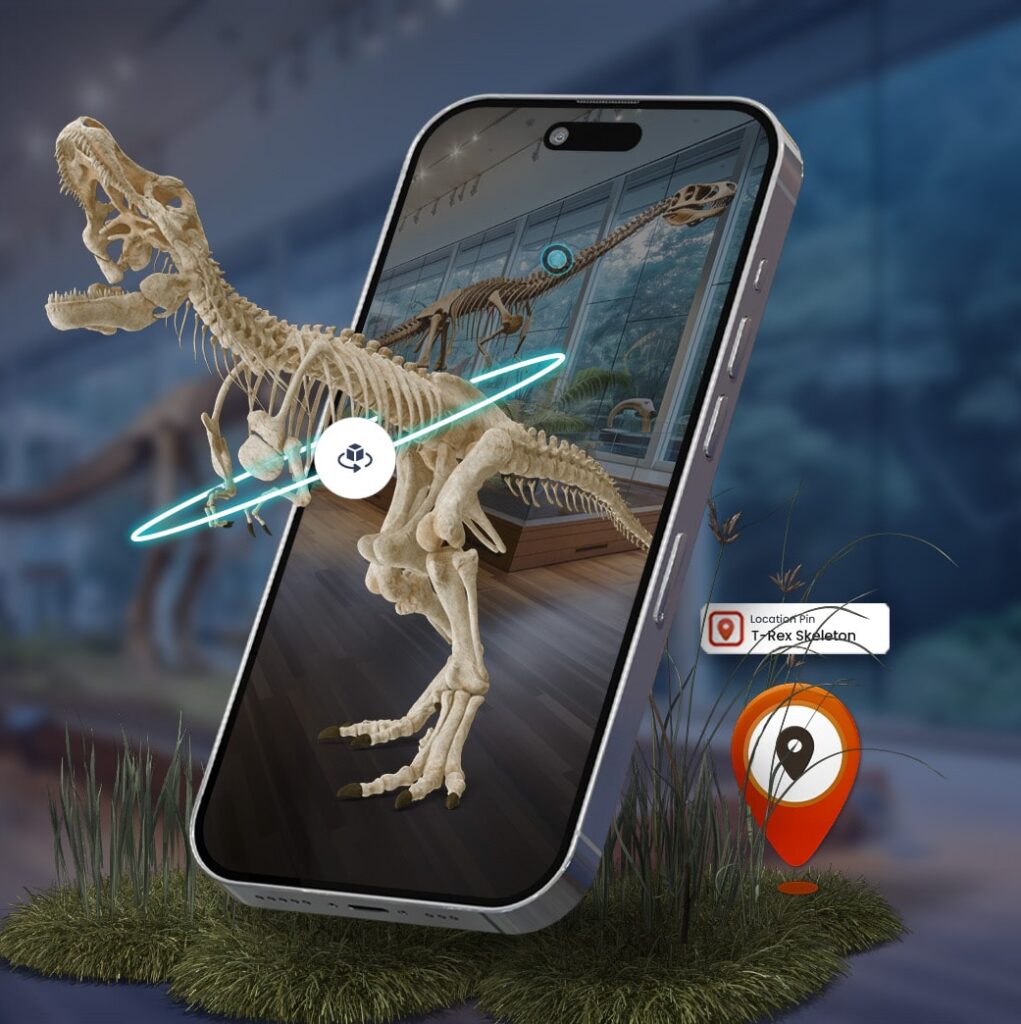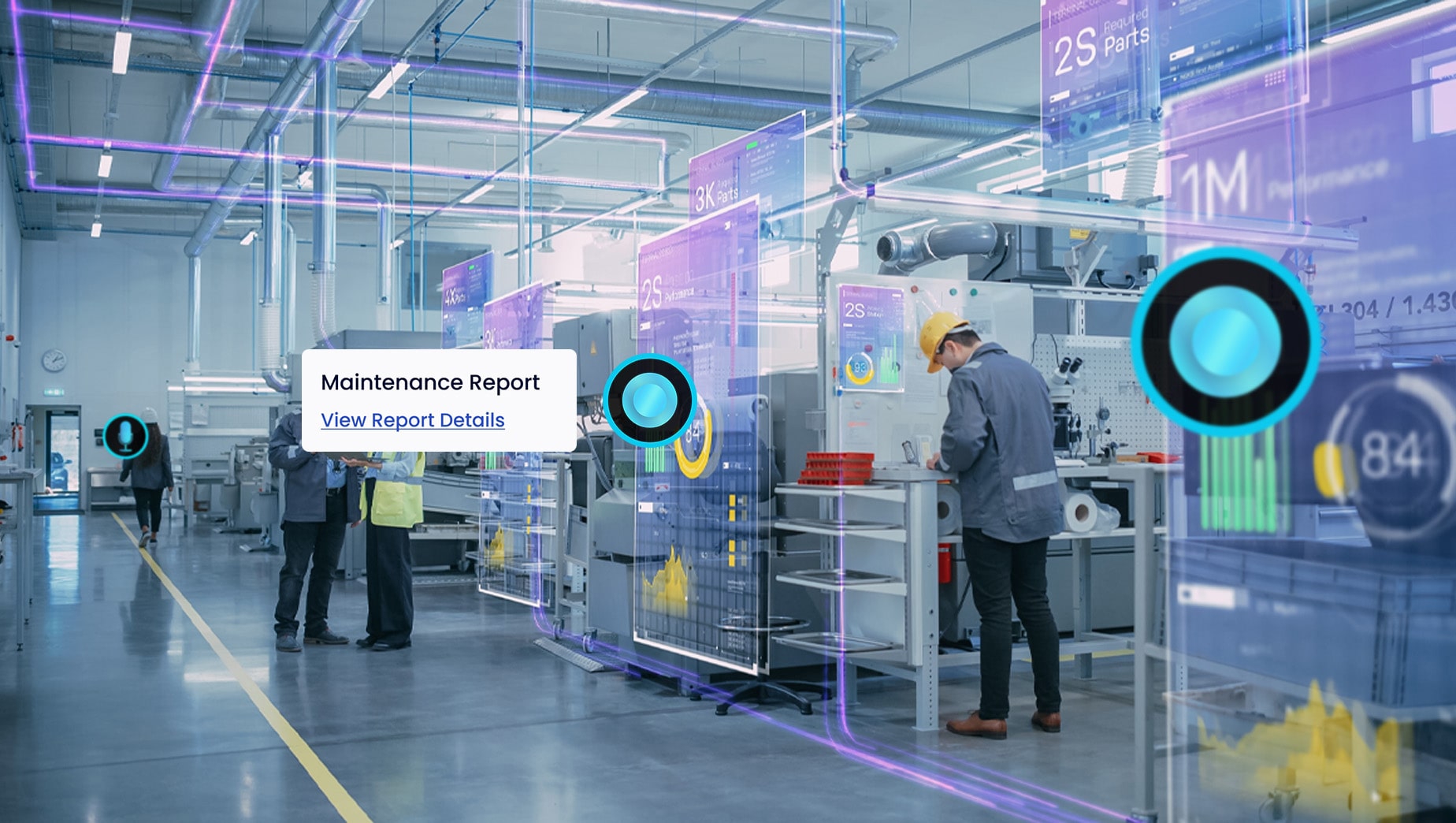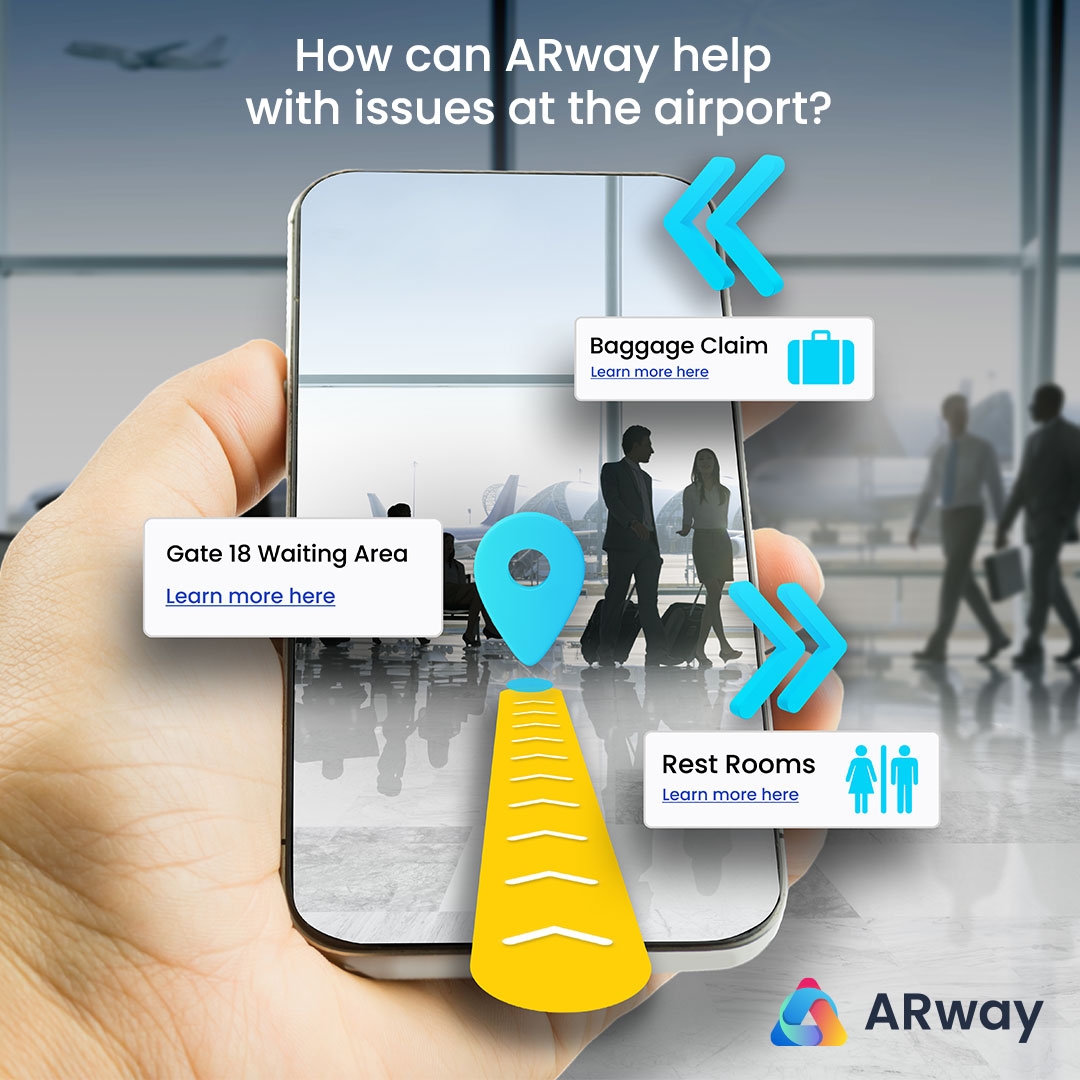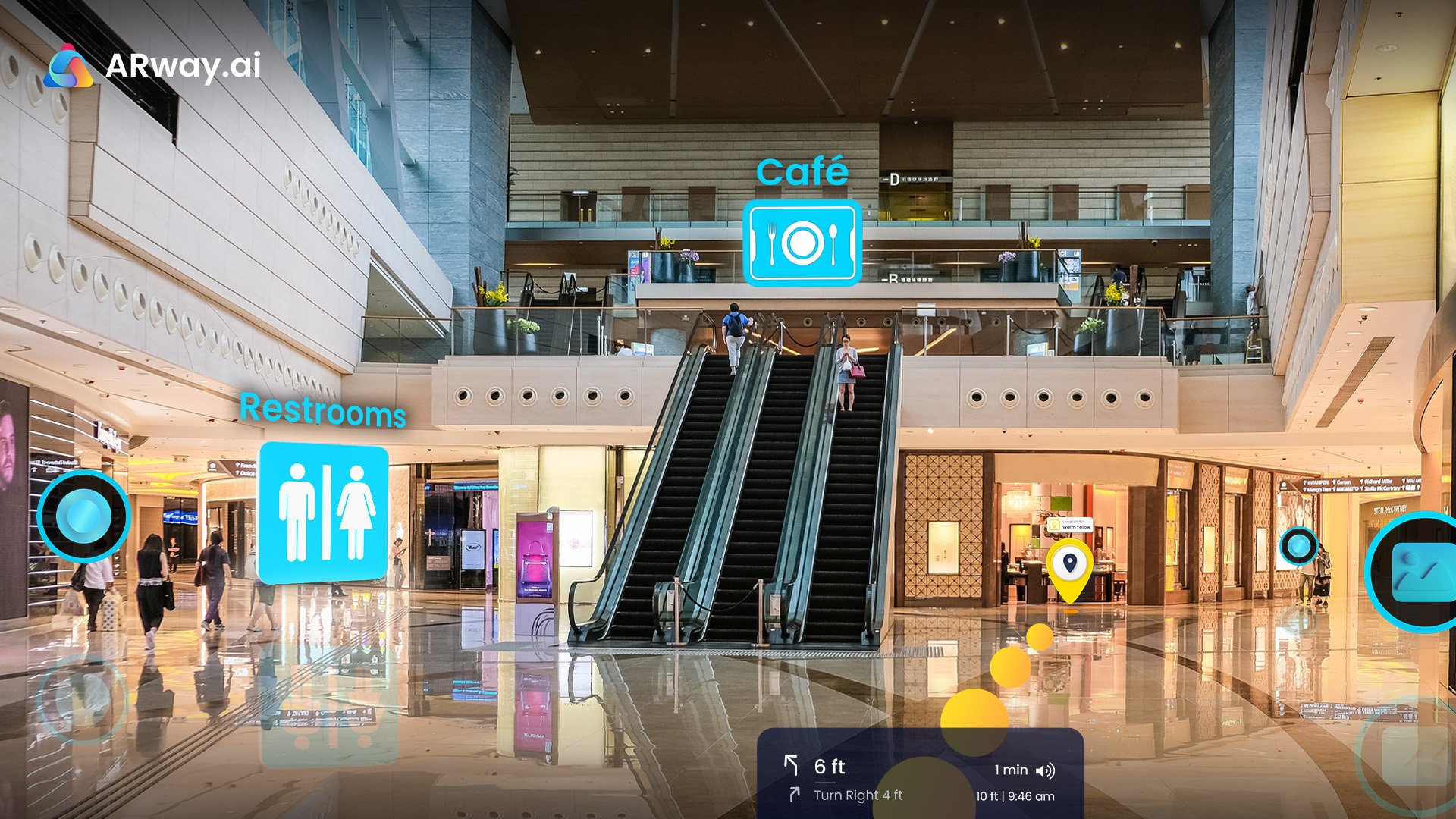Navigating through the spaces of museums can be a daunting task and a hassle for visitors as they try to enjoy a time of learning from the past. Museum visitors usually use paper pamphlets and signs to find their way around the halls, frequently resulting in them losing out on many facilities and attractions. The emergence of location-based technology has significantly transformed indoor navigation for museums, providing a dynamic and interactive tool for efficient wayfinding. This article explores the pivotal role of indoor mapping and navigation technology in enhancing museum visits.
Understanding Indoor Navigation for Museums
Tracking any object within a particular closed space is done by a process called indoor localization, or indoor location. It is the system that is employed primarily for facilitating indoor navigation. It uses magnetic fields, radio waves, acoustic signals, and other sensory data from mobile devices to find persons or items inside a building. Indoor navigation for museums replaces traditional paper maps with cutting-edge digital technologies. Advanced indoor navigation maps offer an engaging and informative journey by showcasing the museum’s layout and providing additional information about each exhibit.
Indoor mapping and navigation systems address the challenge of orientation within expansive museum spaces by taking up the role of a digital tour guide. Location-based technology is key in this system as it recognizes visitors’ locations, providing personalized and context-aware information as they move through the space. Additionally, indoor navigation for museums employs a sophisticated blend of technologies like Bluetooth Low Energy (BLE) beacons, Wi-Fi positioning, sensor data, mapping software, and mobile applications to provide visitors with a seamless and enriching experience.
Benefits of Indoor Navigation for Museum
Indoor navigation systems have emerged as a beacon of innovation within museum spaces, offering an array of benefits that enhance both the visitor experience and the operational efficiency of cultural institutions. Some of the major advantages include:
Efficient Exploration and Time Management
One of the primary advantages of indoor navigation lies in its ability to optimize visitor exploration. In sprawling museum complexes with intricate layouts, visitors can seamlessly navigate through exhibits using virtual maps provided by indoor navigation systems. It not only facilitates efficient exploration but also aids in time management. Visitors can plan their routes, focus on specific areas of interest, and maximize their limited time within the museum.
Managing Traffic Flows for Security and Strategic Insights
Indoor navigation tools enable museums to track visitor locations anonymously, contributing to effective traffic flow management and enhanced security measures. Monitoring room overcrowding and ensuring social distancing can make museum wayfinding safer and more enjoyable for visitors. Insights gathered from indoor navigation data empower museums to refine their exhibition strategies. The system highlights popular routes and favored artworks, aiding in planning future exhibitions. This data-driven approach ensures that the museum can adapt and cater to the preferences of its diverse audience.
Fostering Social Interaction and Visitor Insights
Indoor navigation systems are a direct communication channel between the museum and its visitors. Museums can share information about upcoming events, exclusive deals, and invitations, fostering a sense of community. Additionally, this interaction provides valuable insights into visitor behavior, aiding in strategic decision-making. The complexity of museum layouts often poses challenges for understanding visitor behavior. Indoor navigation technology simplifies this by providing data on routes chosen, time spent at specific locations, and preferences for artifacts.
Precision with Indoor Mapping and Navigation
Real-time location awareness can be offered to visitors within the museum complex with the help of indoor mapping and navigation technology. It ensures that patrons can quickly locate amenities and services on their smartphones, eliminating the risk of getting lost in expansive corridors or multiple buildings. Prominent tools like ARway Creator Portal can be utilized to create precise 3D maps and even track their performance. Furthermore, indoor navigation technology can provide turn-by-turn directions, displaying estimated travel times to different areas. It caters to diverse visitor needs, including specialized services and routes for disabled patrons.
Strategic Insights through Real-Time Traffic Flow Analysis
With in-depth, real-time insights into visitor behavior that optimize traffic flow, museum wayfinding can be made easy with an effective indoor navigation system. This data-driven approach aids in planning ideal exhibition locations, engaging more visitors, and enhancing overall museum experiences. Comprehensive information and insights like behavior and location-based visitor information, heat maps for traffic density, and insights into the popularity of events and exhibits can yield strategic insights. This comprehensive data set empowers museums to make informed decisions and refine their marketing strategies.
Context-Based Information Delivery and Retail Enhancements
The indoor navigation system seamlessly integrates interactive digital content, such as videos and detailed information on art. It enhances the visitor’s experience by providing context and supplementary information during exploration. Additionally, visitors can purchase related retail items as they delve into the artwork. The convenience visitors enjoy can be further enhanced by integrating indoor navigation into apps, allowing visitors to skip entrance queues and maximize their time inside the museum. Retail and restaurant promotions can be seamlessly delivered to enhance the overall convenience and enjoyment of the museum visit.
For further reading, please see What is Digital Wayfinding: Top 10 Benefits.
Conclusion
The integration of indoor navigation systems marks a transformative era in the museum experience. By seamlessly guiding visitors through the intricate spaces with exhibits, these technologies enhance efficiency and offer a personalized and engaging exploration. From optimizing visitor routes to providing real-time insights for museum management, indoor navigation systems contribute to a dynamic and enriching informative journey. As museums embrace these advancements, the synergy between technology and cultural institutions promises to redefine how we perceive, engage with, and appreciate art and history.
About ARway.ai by Nextech3D.ai
ARway.ai is a powerful, no-code spatial computing platform that melds the real and the virtual into a seamless experience. One of its powerful features includes navigation and wayfinding that facilitates the creation of robust AR navigation with accurate positioning, digital directory, turn-by-turn, and optimized routes.
ARway Creator Portal
Create, manage, and track the performance of 3D maps and Augmented Reality Wayfinding experiences with no code. Key features of the ARway Creator Portal include:
Floorplans & LiDAR Scans
Configure spaces with floorplan images or LiDAR scans as schematics for remote visualization and authoring of spatial content.
Location Pins & Navigation
Improve navigation with AR wayfinding. Drop location pins at points of interest on your map to populate a directory of locations your visitors can navigate.
Map Management
Manage specifications, features, location-persistent content, and linkages of your maps. Generate QR codes and administer your visitor experience.
Guided Tours
Create turn-by-turn navigation paths populated with AR content to create engaging, curated digital tour guides for your visitors.
Analytics & Location Intelligence
Measure the performance of your maps and obtain key insights into visitor behavior in your space.
Content Library
Populate a content library with images, audio files, 3D models, videos, and more to be published in spatial experiences as location-persistent content.
Why wait? To learn more about this advanced AR navigation solution, contact us here right away!







